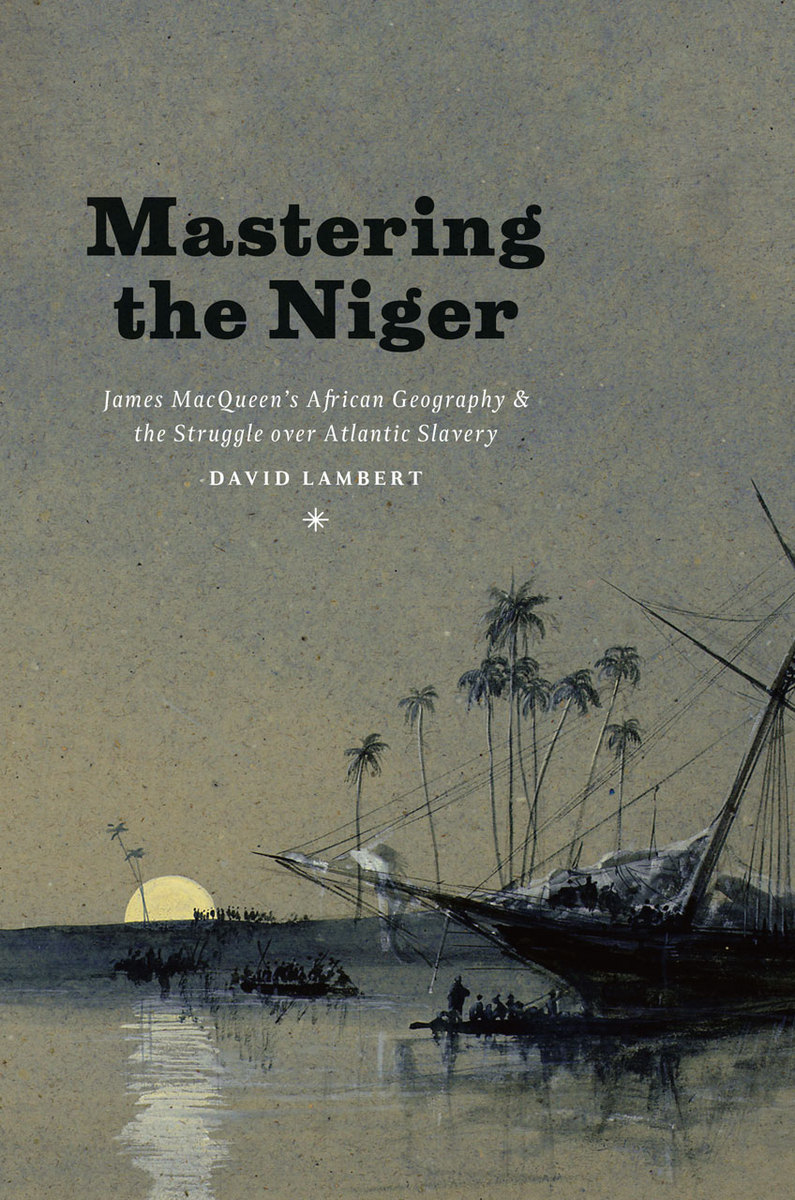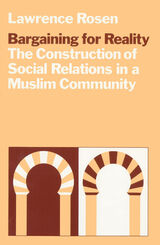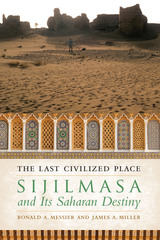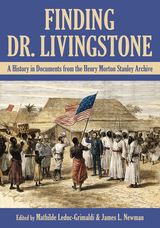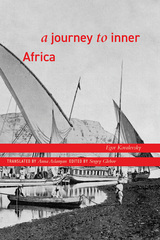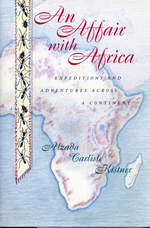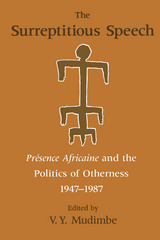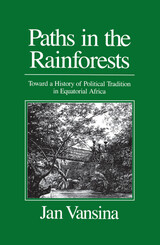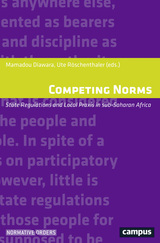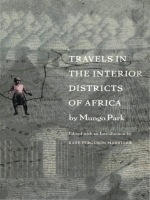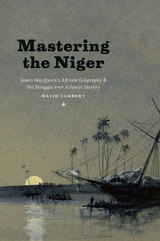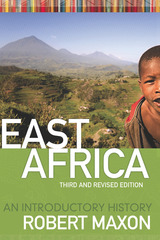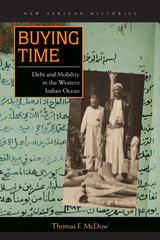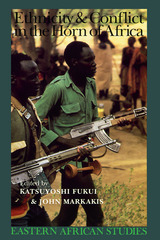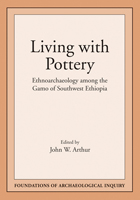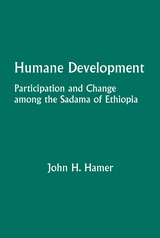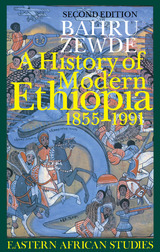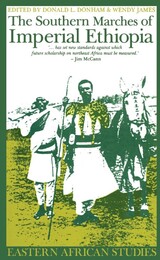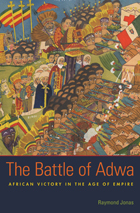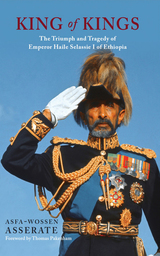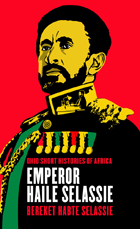Mastering the Niger: James MacQueen's African Geography and the Struggle over Atlantic Slavery
University of Chicago Press, 2013
Cloth: 978-0-226-07806-9 | eISBN: 978-0-226-07823-6
Library of Congress Classification DT360.L24 2013
Dewey Decimal Classification 916.62041
Cloth: 978-0-226-07806-9 | eISBN: 978-0-226-07823-6
Library of Congress Classification DT360.L24 2013
Dewey Decimal Classification 916.62041
ABOUT THIS BOOK | AUTHOR BIOGRAPHY | REVIEWS | TOC | REQUEST ACCESSIBLE FILE
ABOUT THIS BOOK
In Mastering the Niger, David Lambert recalls Scotsman James MacQueen (1778–1870) and his publication of A New Map of Africa in 1841 to show that Atlantic slavery—as a practice of subjugation, a source of wealth, and a focus of political struggle—was entangled with the production, circulation, and reception of geographical knowledge. The British empire banned the slave trade in 1807 and abolished slavery itself in 1833, creating a need for a new British imperial economy. Without ever setting foot on the continent, MacQueen took on the task of solving the “Niger problem,” that is, to successfully map the course of the river and its tributaries, and thus breathe life into his scheme for the exploration, colonization, and commercial exploitation of West Africa.
Lambert illustrates how MacQueen’s geographical research began, four decades before the publication of the New Map, when he was managing a sugar estate on the West Indian colony of Grenada. There MacQueen encountered slaves with firsthand knowledge of West Africa, whose accounts would form the basis of his geographical claims. Lambert examines the inspirations and foundations for MacQueen’s geographical theory as well as its reception, arguing that Atlantic slavery and ideas for alternatives to it helped produce geographical knowledge, while geographical discourse informed the struggle over slavery.
See other books on: British | Cartography | Discovery and exploration | Niger | Slave trade
See other titles from University of Chicago Press
